Archives
September 12, 2013
“If what we change does not change us we are playing with blocks.”
– Marge Piercy
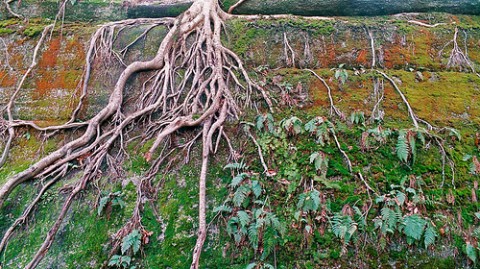
|Image by Nico Paix|http://www.flickr.com/photos/91845235@N00/6523944047/in/photolist-aWuVgV-84KnUQ-9p5Xr2-e7QpWv-fr9W96-bYrHxs-aamm8N-bfB8Bn-bh5d8M-9JejMT-bh4YjD-bq9z27-bD4txZ-bD4tye-dgEWqj-8AwwCb-a2hh5y-aGsxtr-7Rg5mV-7Rjmeb-7Rjm9U-7Rjm79-7RjmfS-7Rg5rR-7RjkVE-7RjmeU-7RjkUJ-7Rg5uK-7Rjm1C-7Rjmdh-7Rg5hM-7Rjmch-7Rjm95-7RjkS5-7Rg5iR-7Rjm2o-7Rjm5s-7Rjmgo-7RjkTS-7Rg5nM-7Rg5vv-7Rjm6m-7RjkWW-caM8Bm-dgtEDV-9p5VLa-7CdrXE|
At IISC we see taking a developmental view as being critical to effective collaborative and network-based approaches to social change. This is largely because of the complexity of the issues we are striving to address with our partners and the “adaptive” nature of the work. It is also because we hold an evolutionary perspective; that is, we see change and development as being part of the underlying dynamic of reality. As scientist and Jesuit priest Pierre Teilhard de Chardin once declared, “We are moving!” And so we are interested in paying attention to and working with evolution as it occurs at different levels – individual, team/group, organization/institution, community, etc. Read More
September 10, 2013

I’m proud to call Billy Parish a friend; he is an incredibly sweet person. I am a fan of his commitment and imagination. I’ve been hearing about his company, Mosaic, since it was but an idea. I was blown away to see it featured in today’s New York Times – A Bet on the Environment. Read More
September 8, 2013
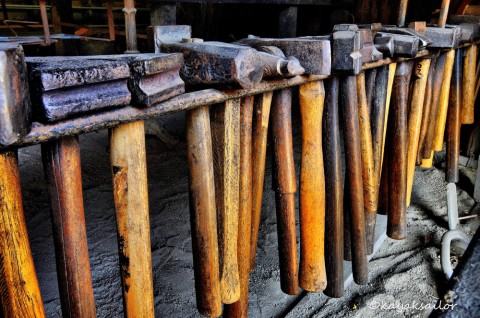
The following post is part 1 of a 2 part series on some collaborative tools and strategies to help us change our selves, change our organizations and change the world. We hope you find it helpful. We encourage you to join the conversation!
We are compelled by a quote from Theory U, attributed to William O’Brien “The success of an intervention depends on the interior condition of the intervener.” Collaborative tools and strategies are only truly useful in the hands of practitioners whose hearts are big enough to hold the complexities, struggles, hopes and fears that accompany the work of transforming racism. Read More
September 6, 2013
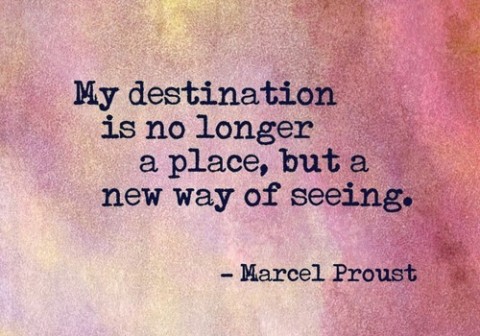
September 4, 2013
“Look to the growing edge!”
– Howard Thurman
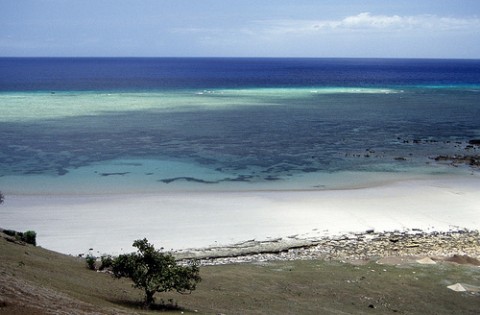
|Photo by Derek Keats|http://www.flickr.com/photos/93242958@N00/5975110268/in/photolist-a7117y-emRe8S-dQqpqM-9php24-dQvZtC-8YMYMv-7zavYz-e1zkdz-aLCNuz-9MeCHk-9MfzYB-9MekHF-9Mho3b-89vnnr-9MfG9c-9Mhaow-9D8j3o-9Mehua-9Mh72m-aykWRY-cCSWHs-8MqWXJ-9LFCBt-9MiH7w-9Mh12x-93HasG-azHpQX-aXCs8V-ejaBn1-byQPHp-bkVXyG-byQQ5x-byQPJv-bkVXGC-bkVXGo-a6ZZM9-a6ZZzU-a6ZZqY-8NyJ6R-8NywQV-8NBWXy-8NysTX-8NBpXW-8NC1BU-8Nz18e-a6X98i-a6ZZ7U-8NyEJB-bkVXoL-bkVXwG-byQPMZ|
Edge has its advantages. This is the finding of ecologists and other scientists looking at how peripheral spaces can provide adaptive strength. For example, where different habitats meet, there is considerable fecundity and the extent to which there is more significant overlap there is that much more richness and species able to thrive in more than one setting. Trees make interesting use of edge by maximizing the surface area of their root systems to find and take in nutrients in the soil. We also know that innovation tends to happen where different disciplinary fields meet, and therefore through a porousness and openness to new thinking on the edge. Read More
September 2, 2013

Appreciating this reflection by my friend Augusto Cuginotti. In the context of the USA I can already the resistance, “I came to work, not to be vulnerable.” In fact, we spend a lot of time designing spaces that protect us from vulnerability. But then, how will we ever sail towards what we do not yet know?
“Love comes when manipulation stops; when you think more about the other person than about his or her reactions to you. When you dare to reveal yourself fully. When you dare to be vulnerable” -Joyce Brothers
Read More
August 30, 2013
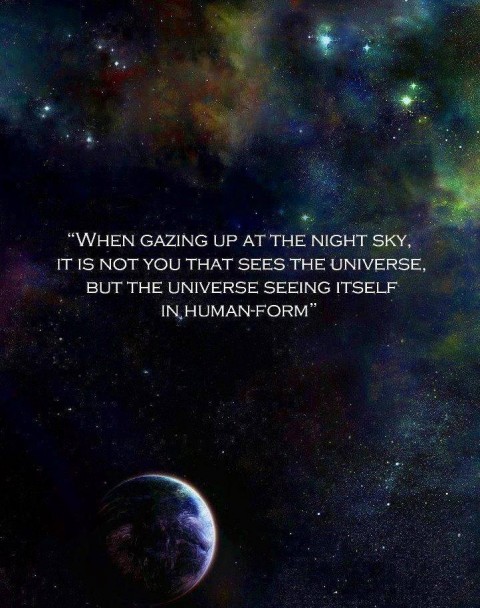
August 28, 2013

Last Friday, as we closed our joint offering with the Center for Whole Communities, “Whole Measures: Transforming Communities by Measuring What Matters Most,” at Knoll Farm, participants and facilitators alike carried forward insights and ongoing questions about what wholeness is and what might help to create more of it in our communities and organizations. The timing was auspicious as the nation has been marking the anniversary of the March on Washington and reflecting upon the progress we have made towards wholeness as embodied in Rev. Martin Luther King Jr.’s dream, delivered in a speech 50 years ago today. Read More
August 26, 2013
The way Maya Wiley quickly and effectively names the problem that we have in how we deal with racism is truly remarkable. It takes her two minutes to get across a point that can seem quite complex. Her Center for Social Inclusion is my client and I couldn’t be prouder of the association. Read More
August 26, 2013

We partnered with a foundation as they built a network of leaders who shared a deep passion for their city. In the beginning, many of the leaders wanted to do something together quickly. We encouraged them to pause, build deeper relationships, and see what emerged. Read More
August 23, 2013
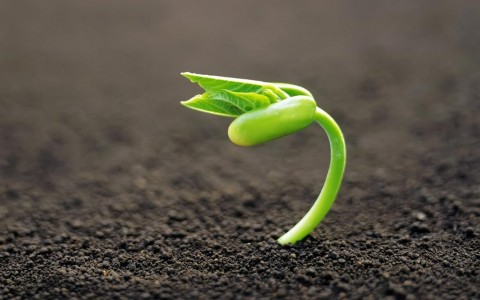
The following is a letter by Akaya Windwood, President of the Rockwood Leadership Institute and member of the IISC Board of Directors. We hope you enjoy it as much as we did and don’t forget to join the conversation!
About three years ago, I noticed a stick growing in my neighborhood a few doors down from my house. It was right at the edge of the curb, angling out into the street. I didn’t pay too much attention to it.
Last summer I realized it was a fig tree. There were little bitty figs clinging to the branches. I was sure someone from the city would come by and cut it down. Clearly, it was a volunteer fig tree. No one in their right mind would have planted it so close to the street and at such an angle.
Read More
August 23, 2013

The following is a letter by Akaya Windwood, President of the Rockwood Leadership Institute and member of the IISC Board of Directors. We hope you enjoy it as much as we did and don’t forget to join the conversation!
About three years ago, I noticed a stick growing in my neighborhood a few doors down from my house. It was right at the edge of the curb, angling out into the street. I didn’t pay too much attention to it.
Last summer I realized it was a fig tree. There were little bitty figs clinging to the branches. I was sure someone from the city would come by and cut it down. Clearly, it was a volunteer fig tree. No one in their right mind would have planted it so close to the street and at such an angle.
Read More









